| |
Native Pollinators Rock
By Molly Maxted
 |
The snow storm of May 5th took many of us by surprise, including the blooming peach trees. Because our hives of European honeybees aren't foraging much at temperatures below 50 degrees, we couldn't expect them to pollinate the blooming stone fruit and pear trees, but not to worry - the native insects were getting the job done.
Here in North America, native bees are the pre-eminant pollinators but there are many others, including some species of bats, hummingbirds, butterflies & moths, flies, thrips, beetles, wasps and slugs (who knew?!). There are thousands on the list, 99% of them are insects and many of them are threatened. At least 80% of of the flowering species in the world are dependent on insects for pollination.
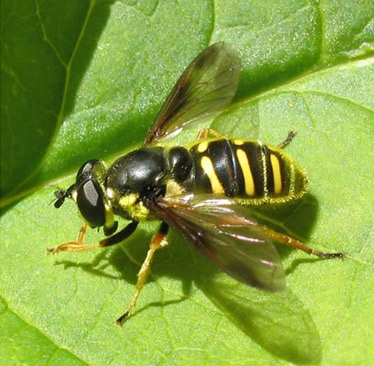 I can't tell you the latin names of all the insects I saw on my trees, but I'm pretty sure some of them were Syrphid flies. Flies are in the order Diptera (two wings). Syrphid flies mimic the coloration of bees or wasps to confuse predators, but having two wings is the give-away - bees and wasps have four. I saw other flies and tiny beetles crawling on the blossoms too and I haven't tried to identify them yet, but it made me consider how easily overlooked pollinating insects are. I can't tell you the latin names of all the insects I saw on my trees, but I'm pretty sure some of them were Syrphid flies. Flies are in the order Diptera (two wings). Syrphid flies mimic the coloration of bees or wasps to confuse predators, but having two wings is the give-away - bees and wasps have four. I saw other flies and tiny beetles crawling on the blossoms too and I haven't tried to identify them yet, but it made me consider how easily overlooked pollinating insects are.
We have homemade nesting blocks around here for wood nesting bees. These bees are very common to see on the fruit tree blossoms and I suspect they are responsible for most of the pollination on these cold, spring days. The blocks are easy to build and even though they require a little bit of maintenance, they're worth it. You don't need to import (purchase) orchard bees to fill these blocks, they are already here...if you build it they will come.
If you don't know about them already, the Xerces Society is an organization that works to protect invertebrates and their habitats through education & research. Their fantastic website, is full of practical information about pollinators, among other things. I've found plans for building mason bee nesting blocks and bumblebee nests, extensive plant lists for native and non-native sources of pollen and nectar, strategies for bumblebee conservation, an impressive list of publications and downloads; take a look. Consider donating to them. One out of every three mouthfuls of food or drink we consume requires the presence of a pollinator. We'd be in sorry shape without them. |
|
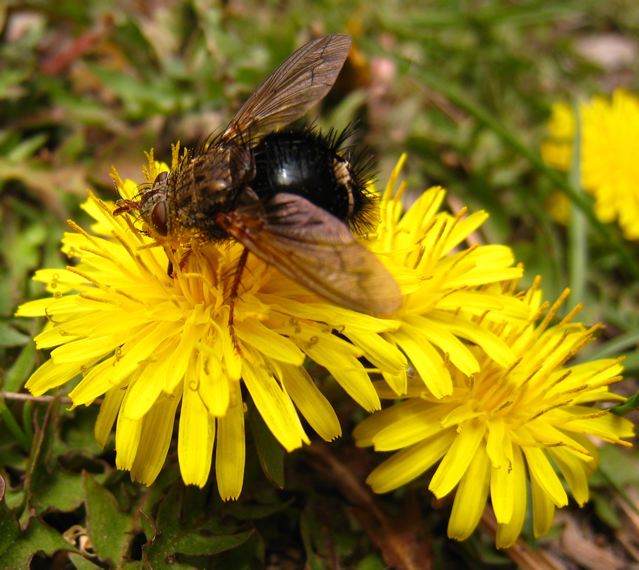 |
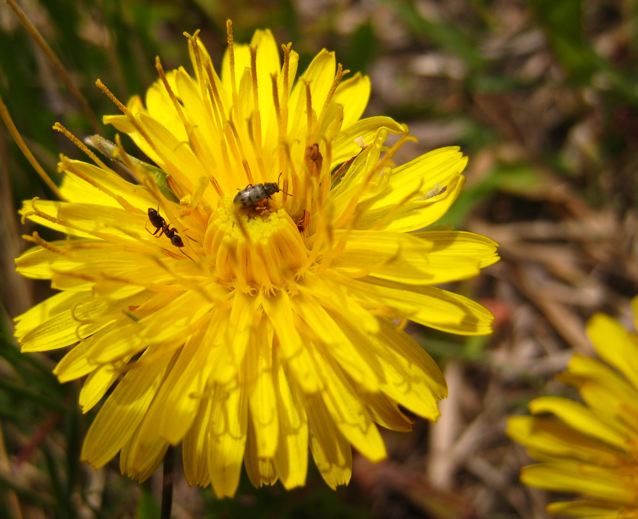 |
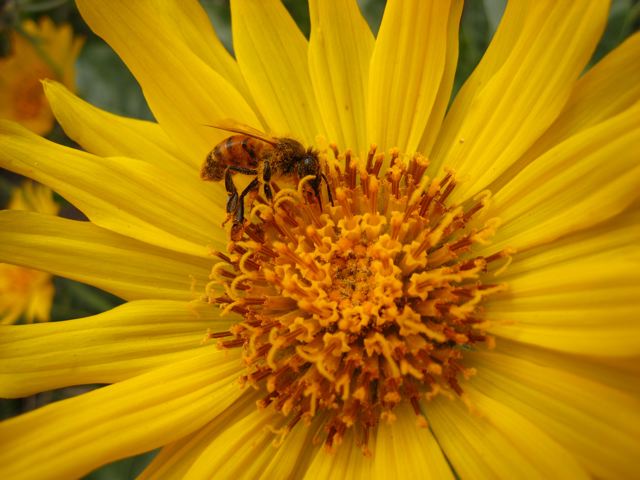 |
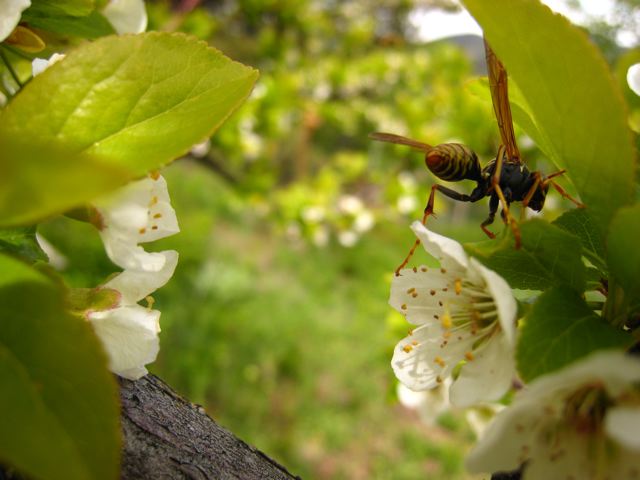 |
Molly Maxted lives up the Chewuch making soap, tending bees, growing food and appreciating (almost) all insects.
May 12, 2010 |
|
|
|
|

